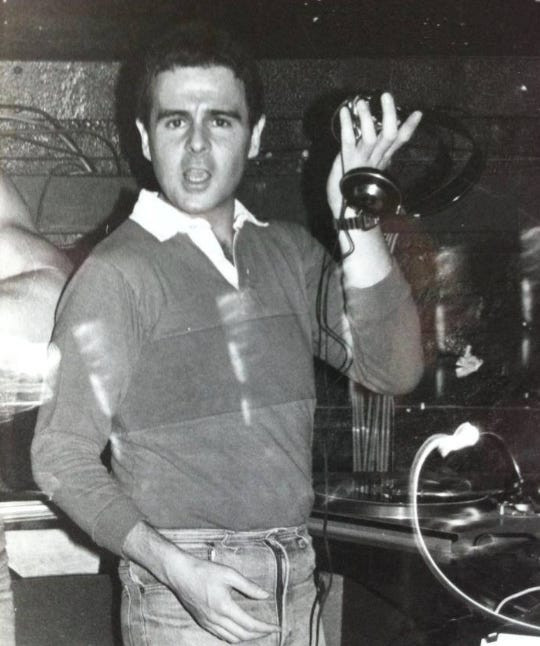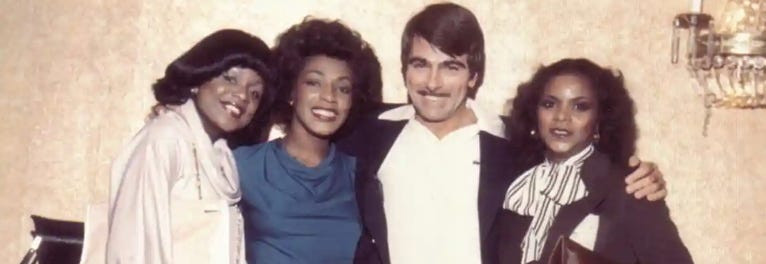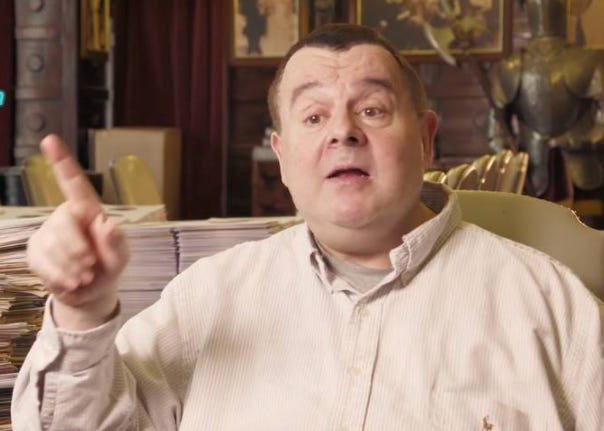London’s vibrant nightlife has always been a beacon for diverse communities, and at the heart of its gay scene, dance clubs have played a pivotal role. Among these, Heaven stands as a legendary institution, shaping the landscape of gay dance culture and music. This article delves into the history of gay dance clubs in London, with a focus on Heaven and the groundbreaking Hi-NRG sound pioneered by DJ Ian Levine, offering a glimpse into a world where music, identity, and liberation converged.
The story of gay dance clubs in London is intertwined with the evolution of LGBTQ+ rights and social acceptance. In the 1970s and 80s, as the gay liberation movement gained momentum, these clubs became crucial safe spaces and cultural hubs. Heaven, which opened its doors in 1979, quickly rose to prominence, becoming synonymous with London’s gay nightlife. Ian Levine, the resident DJ throughout the 80s, was instrumental in crafting the club’s musical identity, championing a genre that would become known as Hi-NRG.
 Ian Levine DJing at Heaven in 1979, showcasing the early days of London's iconic gay dance club and the burgeoning Hi-NRG scene.
Ian Levine DJing at Heaven in 1979, showcasing the early days of London's iconic gay dance club and the burgeoning Hi-NRG scene.
Before Heaven and Hi-NRG, Levine’s musical journey began in the UK’s Northern Soul scene. This subculture, characterized by its passionate embrace of obscure 1960s American soul music, primarily from labels beyond Motown, thrived in northern English clubs. Levine, a dedicated record collector and DJ, immersed himself in this world of fast-paced rhythms and soulful melodies at venues like Blackpool Mecca.
“It’s the 1960s Motown sound but done by labels other than Motown,” Levine explains, highlighting the essence of Northern Soul. This early exposure to soul music’s energy and emotion laid the foundation for his later contributions to the gay dance club scene. Although the Northern Soul scene itself was predominantly straight, Levine’s experiences there honed his DJing skills and deepened his understanding of dance music’s power to unite and uplift.
As the disco era of the 1970s evolved, Levine’s musical horizons expanded. A pivotal moment came during a visit to New York City in 1975, where he was introduced to the gay club Infinity by dance music pioneer Tom Moulton. Infinity’s atmosphere – its layout, music, and the uninhibited energy of the crowd – profoundly impacted Levine. He saw the potential for a similar space in London, a dedicated gay dance club that could capture the same magic and sense of community.
 Tom Moulton in 1977, a pioneer of disco music who inspired Ian Levine's vision for Heaven, a leading gay dance club in London.
Tom Moulton in 1977, a pioneer of disco music who inspired Ian Levine's vision for Heaven, a leading gay dance club in London.
Heaven became that realization. Under Levine’s DJ leadership, the club became the birthplace of Hi-NRG, a genre that defined the sound of 1980s gay dance clubs. Hi-NRG, with its driving beats, soaring vocals, and futuristic synths, perfectly captured the energy and exuberance of the era. Artists like The Pet Shop Boys, Bronski Beat, and Erasure, all of whom Levine worked with, became central figures in this movement.
Levine himself produced iconic Hi-NRG tracks like “So Many Men, So Little Time” and “High Energy,” anthems that resonated deeply within the gay community. These songs, with their bold and unapologetically gay sensibility, became staples at Heaven and other gay dance clubs around the world. The music videos, often featuring actual gay men, further solidified the genre’s connection to gay identity and culture.
Despite his success in the Hi-NRG world, Levine’s musical heart remained rooted in soul music. He often expressed a preference for the classic sounds of Motown, admiring its songwriting, melodies, and concise song structures. “Because it’s too gay. It’s pigeon-holed,” Levine remarked about disco and dance music, revealing a nuanced perspective on the genres he helped shape. His remixes, while integral to the Hi-NRG sound, were also driven by a desire to incorporate elements of soul and classic pop production.
 Ian Levine, pictured in a recent photo, a key figure in London's gay dance club scene and the architect of the Hi-NRG sound at Heaven.
Ian Levine, pictured in a recent photo, a key figure in London's gay dance club scene and the architect of the Hi-NRG sound at Heaven.
Heaven’s impact extended beyond music. It was a space where gay men could express themselves freely, build community, and celebrate their identity. In a time of social and political challenges, particularly with the rise of the AIDS epidemic, gay dance clubs like Heaven provided vital sanctuaries. They were places of joy, resistance, and solidarity.
While London’s gay dance club scene has evolved since the 1980s, Heaven remains a significant landmark. Its history is a testament to the power of music and dance in shaping cultural movements and creating spaces for belonging. Ian Levine’s contribution, both as a DJ and producer, is an indelible part of this story, forever linking his name to the vibrant history of gay dance clubs in London and the electrifying energy of the Hi-NRG sound.

